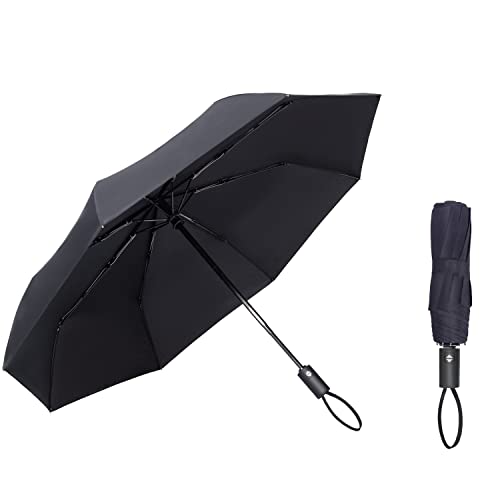Introduction
Umbrellas are an essential accessory for protecting ourselves from rain and harmful UV rays. But with so many materials to choose from, it can be overwhelming to determine which is the best for an umbrella. In this article, we will explore the options and discuss the pros and cons of each material to help you make an informed decision.
Nylon: Lightweight and Durable
When it comes to umbrellas, nylon is a popular choice due to its lightweight nature and exceptional durability. Nylon umbrellas are water-resistant and can withstand strong winds without easily getting damaged. They are also relatively affordable, making them a practical option for everyday use.
However, nylon umbrellas may not provide the same level of sun protection as other materials. The thin fabric may allow some UV rays to pass through, which can be a concern for those who spend significant time in the sun. Additionally, nylon may not have the same luxurious feel as other materials like polyester or silk.
Polyester: Water-Repellent and Sun-Resistant
Polyester is another common material used in umbrellas. It is known for its water-repellent properties, making it ideal for rainy weather. Polyester umbrellas are also resistant to fading and damage from sunlight, providing excellent protection against harmful UV rays.
One potential downside of polyester umbrellas is that they tend to be slightly heavier compared to those made of nylon. This might not be an issue for most people, but if you’re looking for a lightweight umbrella, you may want to consider other options. Additionally, some individuals may find the texture of polyester less appealing than materials like silk or cotton.
Silk: Luxurious and Elegant
If you’re looking for a high-end umbrella, silk is the material to consider. Silk umbrellas are known for their luxurious feel and elegant appearance. They are incredibly lightweight and provide excellent sun protection by blocking most UV rays.
However, silk comes with a higher price tag compared to other materials. It is also not as durable as nylon or polyester, meaning it may not withstand heavy rain or strong winds as well. Silk umbrellas are best suited for special occasions or light drizzles rather than heavy rain showers.
Pongee: Versatile and Water-Resistant
Pongee is a versatile material that is commonly used in high-quality umbrellas. It is a blend of silk and polyester, combining the best qualities of both materials. Pongee umbrellas are relatively lightweight, water-resistant, and offer excellent sun protection.
One drawback of pongee umbrellas is that they can be more expensive compared to those made solely from nylon or polyester. However, the added benefits of this material may outweigh the higher cost for those seeking a durable and versatile umbrella.
When choosing the best material for an umbrella, it’s important to consider factors such as durability, sun protection, weight, and personal preference. Nylon is a lightweight and durable option, while polyester offers superior water-repellent and sun-resistant properties. Silk umbrellas provide a luxurious feel but may not be as durable. Lastly, pongee combines the best qualities of silk and polyester, making it a versatile choice. Ultimately, the best material will depend on your specific needs and budget.






